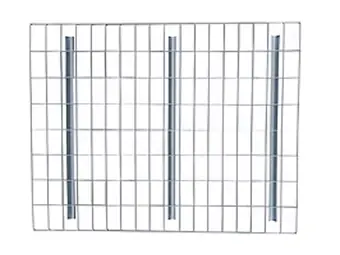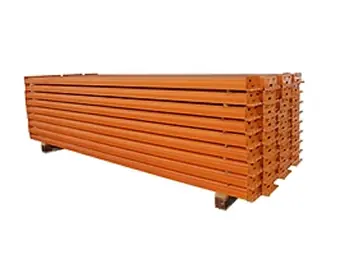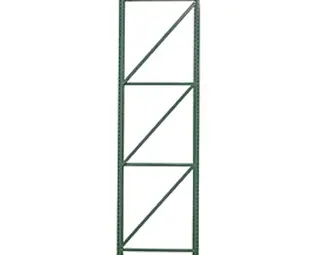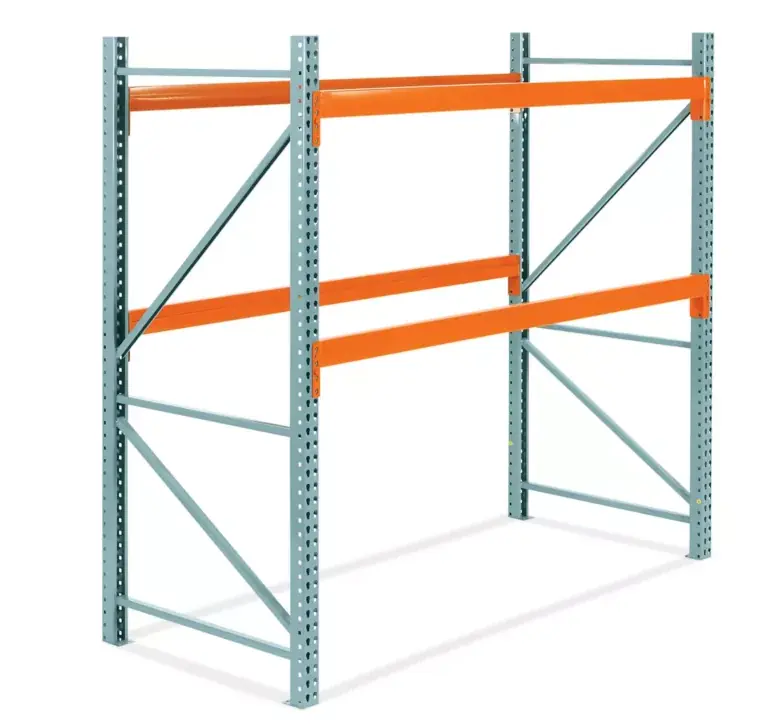Your cart is currently empty!
How much weight can your pallet racks actually hold? It’s a question every warehouse manager or business owner should know the answer to. Overloading your racks can lead to serious safety risks, damaged inventory, and expensive repairs. In this guide, we’ll break down what affects pallet rack weight limits, how to calculate them, and how to keep your warehouse safe and efficient.
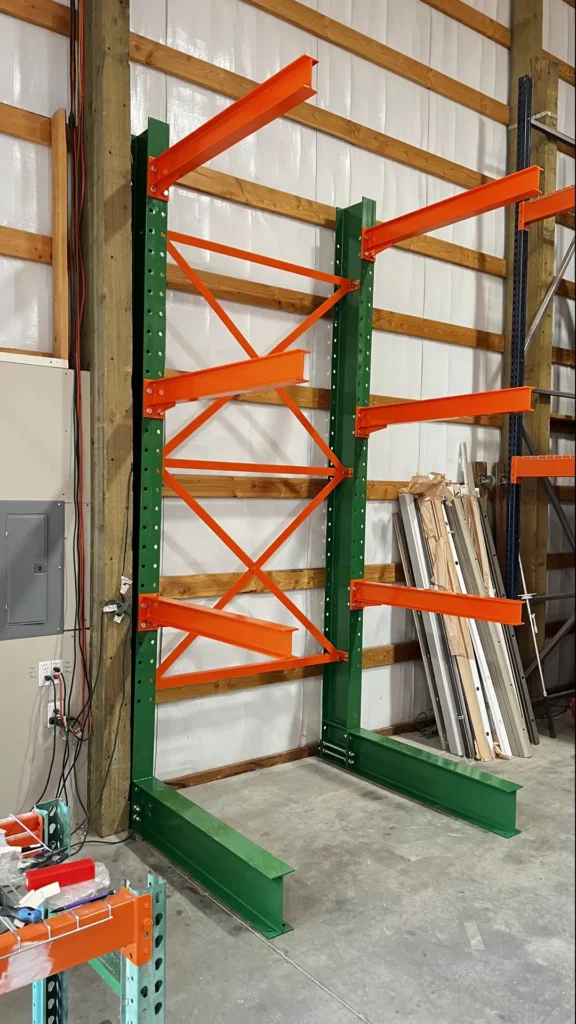
Why Load Capacity Matters
Knowing the weight limit for your pallet racks isn’t just a technical detail—it’s key to keeping your entire warehouse safe and efficient. Overloading racks can lead to dangerous collapses, and put employees at serious risk of injury. Not only that, but damaged inventory and broken equipment can quickly add up in repair and replacement costs.
Understanding and following weight limits also helps your business stay compliant with OSHA regulations and warehouse safety standards. Failing to meet these requirements could result in hefty fines or legal issues. By paying attention to load capacity, you’re not just protecting products. You’re also protecting people, your reputation, and your bottom line.
Key Factors That Affect Pallet Rack Weight Limits
Here are some of the key factors that can affect the weight limits of pallet racks:
1. Type of Pallet Racking
Not all pallet racks are built the same. Selective racking is one of the most common types and usually has a moderate weight capacity. Drive-in racking is designed for high-density storage but requires careful weight distribution. Cantilever racks are ideal for long or oddly shaped items like lumber or pipes, with different load needs altogether. Choosing the right type of rack is the first step in making sure you’re working within safe limits.
2. Beam Capacity vs. Frame Capacity
Each part of your pallet rack has its own strength rating. Beams (the horizontal pieces that hold pallets) have a specific weight limit per shelf level, while the frames (the vertical parts) support the total weight of the whole structure. Even if your beams can handle heavy loads, your frames might have a lower overall limit. Understanding both numbers is key to safe stacking.
3. Rack Dimensions
The height, width, and depth of your pallet racks also affect how much weight they can safely handle. Taller racks may need extra support, while wider racks require stronger beams to prevent sagging. Getting the right size and layout for your space makes a big difference in both safety and efficiency.
4. Quality of Materials and Design
Not all pallet racks are created with the same level of quality. Higher-grade steel, reinforced joints, and professional welding all contribute to stronger, more reliable racking. Cheap or worn-out racks might save money upfront, but they can be a major safety risk in the long run. Always invest in well-designed, industrial-grade racking systems for lasting performance.
How to Calculate Load Capacity
Knowing how to calculate pallet rack load capacity is key to keeping your warehouse safe. One important thing to understand is the difference between “per level” and “per bay” weight limits. “Per level” refers to how much weight a single shelf can hold, while “per bay” means the total weight the whole rack system can safely support. Even if each shelf can handle a lot, the entire rack might have a lower overall limit—so it’s important to know both numbers.
Even weight distribution is another big part of safe loading. If too much weight is loaded on one side or concentrated in a single spot, it can strain the rack, bend beams, or even lead to collapse. The safest approach is to spread out the weight evenly and place heavier items on lower levels.
The best way to be sure of your load limits is by using the manufacturer’s specifications or load charts. These provide tested weight limits for your specific rack setup. Don’t rely on guessing—when it comes to warehouse safety, knowing is everything.
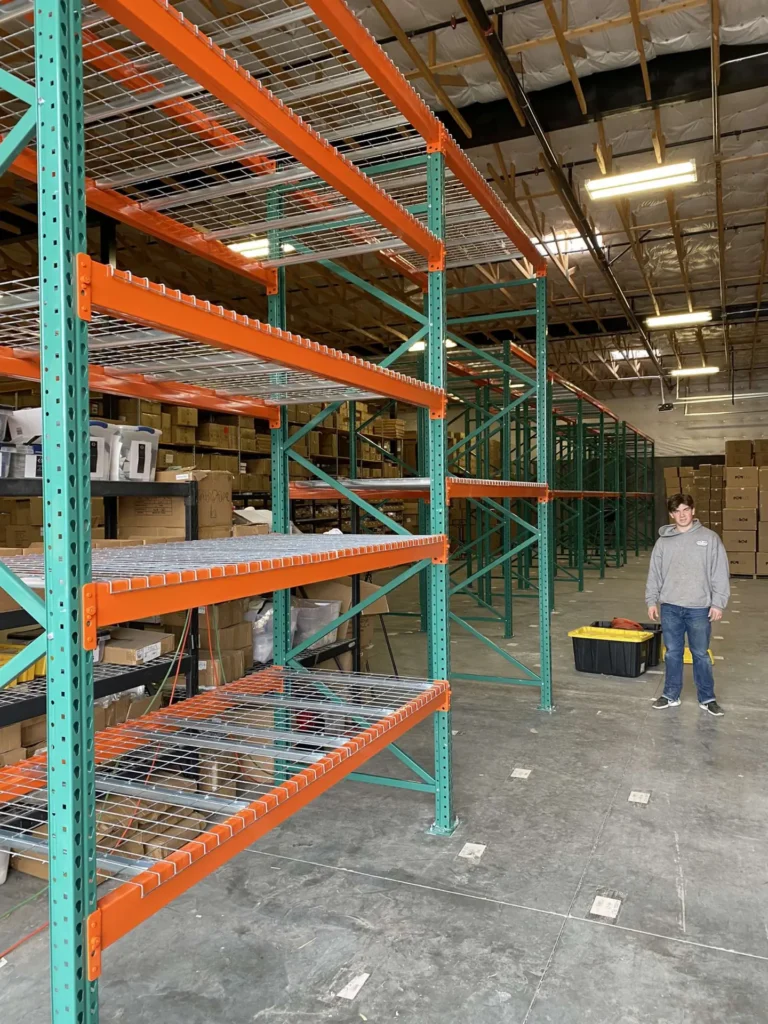
Common Weight Limits by Rack Type
These are some of the most common weight limits by rack type:
Selective Pallet Racks: Typically hold 2,000 to 6,000 pounds per shelf level, depending on beam length, shelf width, and material strength. These are the most common racks used in warehouses for general storage.
Drive-In Racks: Designed for storing large quantities of similar items, these can often support up to 10,000 pounds or more per bay. Great for maximizing storage space but require careful, even loading.
Cantilever Racks: Used for long, bulky, or oddly shaped items like pipes or lumber. Individual arms may support around 1,500 pounds or more, with total capacity depending on the number of arms and rack design.
Why the difference? It all comes down to design, materials, and brand. Some manufacturers use thicker steel or reinforced joints, making their racks stronger. Others offer custom-built systems designed for your specific needs—whether you’re storing lightweight goods or heavy machinery parts.
That’s why it’s always smart to check the specs or work with a racking expert to make sure you’re getting the right system for your inventory.
Tips for Staying Within Safe Limits
Staying within safe weight limits is all about smart habits. Start by labeling your racks with clear capacity ratings so there’s no confusion. Regular inspections help catch damage like bent beams or loose bolts before they become serious problems. Just as important, train your team on proper loading techniques, like balancing weight evenly and following posted limits. With clear labels, routine checks, and trained staff, you’ll keep your warehouse safer, your equipment in good shape, and your business running smoothly.
Contact BL Pallet Racking for Reliable Pallet Racks
When it comes to pallet racking, safety starts with knowing your limits. For larger warehouses or specialized inventory, a professional assessment can help ensure your setup is safe, efficient, and built to last. Don’t leave it to guesswork—BL Pallet Racking offers expert guidance, custom racking solutions, and thorough safety inspections. Contact us today to make sure your warehouse is working smarter and safer.


